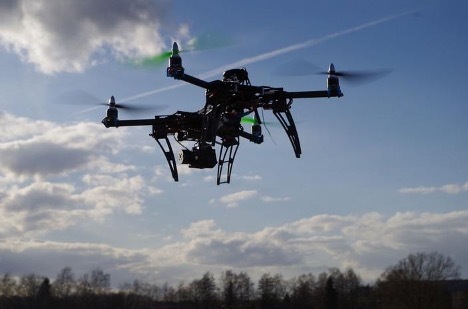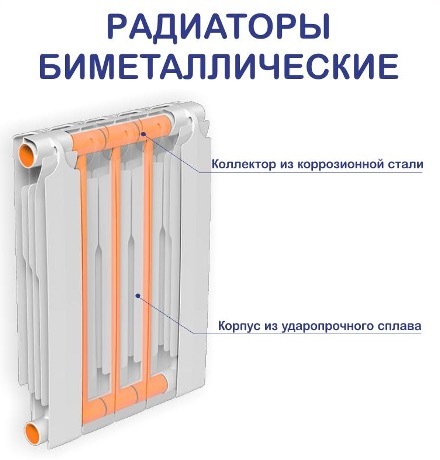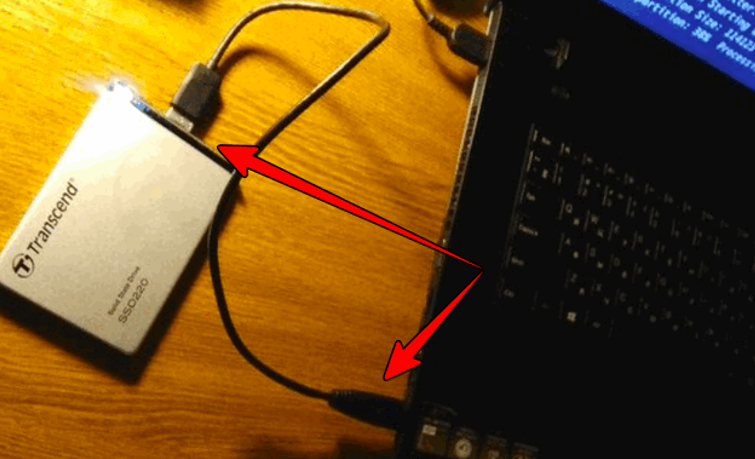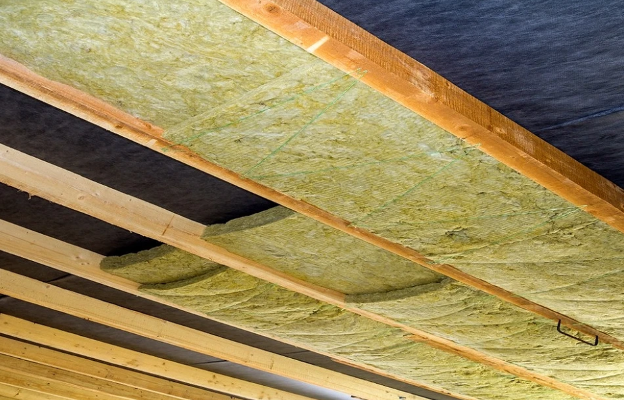Before you take your first flight, it is important to understand how to set up your quadcopter. Correct tuning ensures flight safety, improves controllability and helps avoid unforeseen situations. Basic setup steps include calibrating the compass, controls, and other key components.
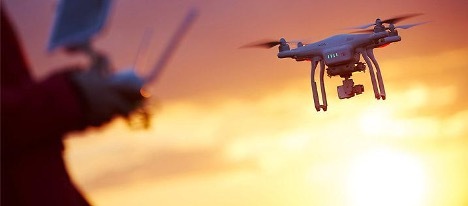
The content of the article
- Compass calibration
- Setting up regulators
- Calibration for specific models
- Alternative calibration option
- Finishing touches and test flight
- Conclusion
Compass calibration
Calibrating the quadcopter compass is one of the first and most important setup steps. The compass helps the quadcopter navigate in space and is important for flight accuracy. An incorrectly calibrated compass can lead to control problems and even loss of control in flight. The calibration process includes several steps:
- Place the quadcopter on a flat surface.
- Turn on the device and activate the compass calibration mode according to the instructions.
- Slowly rotate the quadcopter around all three axes, following the instructions on the remote control screen or in the app.
Setting up regulators
The next step is to calibrate the quadcopter's controls. The governors control the rotation speed of the motors and affect flight stability. To calibrate regulators:
- connect the quadcopter to your computer using specialized software;
- Follow the calibration instructions, which usually involve slowly increasing and decreasing the power of the motors.
Calibration for specific models
When working with specific models, such as calibrating a Syma quadcopter, it is important to follow the instructions provided by the manufacturer. Each model may have its own characteristics:
- some Syma models require calibration in an open space without metal objects nearby;
- Look at your instructions, they indicate certain combinations of buttons on the control panel or specific movements to activate the calibration mode.
Alternative calibration option
Sometimes standard calibration methods may not be suitable or sufficient for certain models or operating conditions. In such cases, it may be useful to consider alternative ways to calibrate the quadcopter.
For more accurate calibration, you can use specialized devices and tools, for example:
- calibration stands help to fine-tune the balance and tilt angle of the quadcopter;
- Some smartphone apps allow for more detailed calibration and adjustment, providing additional data and parameters.
If standard tuning methods do not provide the desired results, you can turn to advanced software that offers advanced calibration capabilities. These programs often provide more advanced settings, including:
- fine tuning of PID controllers is necessary to improve the stability and response of the quadcopter;
- calibration of internal device sensors is carried out to improve measurement accuracy and error correction.
In some cases, especially when setting up racing quadcopters or models for special flight conditions, an experimental approach to calibration may be required. This may include:
- Manually adjust parameters to achieve optimal flight performance.
- Test flights in various conditions. Flights in different conditions are carried out to test stability and controllability.
Alternative methods for quadcopter calibration can be especially useful for advanced users and in situations where standard settings do not provide the desired accuracy and flight stability. It is important to remember that any changes and settings should be carried out taking into account the manufacturer's recommendations and observing safety measures.
Finishing touches and test flight
After completing all calibration steps, it is important to conduct a test flight. This will ensure that the quadcopter has been configured correctly and is ready for safe flights. During the test flight, pay attention to the following points:
- response of the quadcopter to control commands;
- flight stability in various modes;
- accuracy of return to the take-off location, if supported by the model.
Conclusion
Proper calibration of the quadcopter is the key to a successful and safe flight. Whether you are calibrating a Syma quadcopter for the first time or have other models, follow the manufacturer's instructions and check the settings regularly. This approach will provide you with maximum flying satisfaction and longevity of your device.
